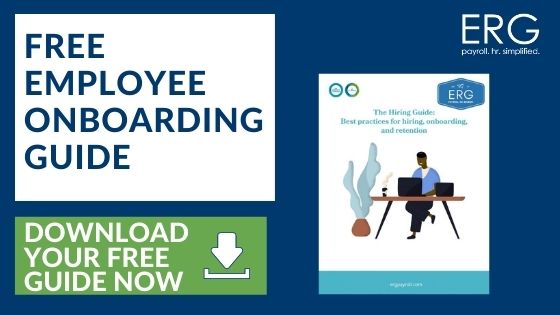How to Add Diversity when Hiring New Employees
The recruiting and hiring process is supposed to select the best candidates while deterring unqualified job seekers from applying or advancing. All too often, however, the process creates obstacles or disadvantages for qualified candidates due to their membership in a protected class. Even a well-meaning process may be discriminatory. Below are some actions you can take to eliminate discriminatory practices and increase diversity.
“An inclusive workplace is one where differences among employees’ thoughts, opinions, and suggestions are valued—especially when they deviate from the norm.”

What about someone with a disability or someone whose first language isn’t English? What obstacles might these people face when applying and going through the resume review, interview, and job offer stages? Are there difficulties some people would face that others would not? If so, do what you can to reduce or remove unnecessary barriers to entry.
Address biases. Consider what biases your company may have when screening candidates for employment. What about while interviewing? What unconscious biases might be affecting who gets interviewed or receives a job offer? Are individuals from some groups assumed to be coachable, but individuals from other groups assumed not to be?
Post ads strategically. We tend to network with people who are like us, so social networks and employee referral programs can easily become homogeneous and hamper diversity efforts. Fortunately, there are lot of job boards designed to help individuals from underrepresented groups find work. Try posting in these places.
Focus interviews on obtaining factual, job-related information. This is especially important when taking notes. Avoid documenting “gut feelings,” personal impressions, or narratives. Stick to job-related facts. Doing this will help to prevent personal bias from seeping into the interview.
Challenge hiring decisions. Challenge your managers and their hiring decisions, pushing them to further define what the “best” candidate would look like, both before and after the interview. When doing so, encourage and remind them to focus on capability—who is best qualified for the position. It’s important that candidates meet your expectations, but it’s also important that those expectations are legitimately job-related. For example, requiring clear verbal communications skills might be necessary for a customer-facing position, but it could be discriminatory if it prevented someone with a thick accent or anxiety about public speaking from being offered a position they’re perfectly qualified for.

Seek culture contributions. Look for candidates who can add or contribute to your company’s culture, as opposed to those that “fit” within it. Too often, when employers and managers hire for culture fit, they’re left with little diversity in the workplace.
When companies hire for fit, they end up cloning the same skills and experience repeatedly. The very nature of doing this means a company is favoring similarity and weeding out diversity. Instead, examine your company culture to determine what’s missing, and hire people who can enrich it, who will contribute positively to your culture.
Create an inclusive workplace. An inclusive workplace is one where differences among employees’ thoughts, opinions, and suggestions are valued—especially when they deviate from the norm. It’s also an environment where employees feel safe to be themselves and share information without fear of retaliation. When assessing your workplace for whether you offer an inclusive experience, consider how new ideas are responded to during meetings. Are they welcomed and valued, or are they quickly stifled because they aren’t in line with how things are normally done? Ask employees whether they feel the workplace is inclusive and about any experiences they’ve had, positive or negative.
These recommendations work best when you incorporate them into your recruiting and hiring policies and practices. They won’t be effective if they are just done once. Keep hiring managers and others involved in recruitment and hiring trained on your policies, emphasize the importance of a diverse workplace, and continually assess the process to ensure that everyone is following it.
We help businesses review and update their recruiting and hiring process to form a more diverse workplace. Contact us for more information.




